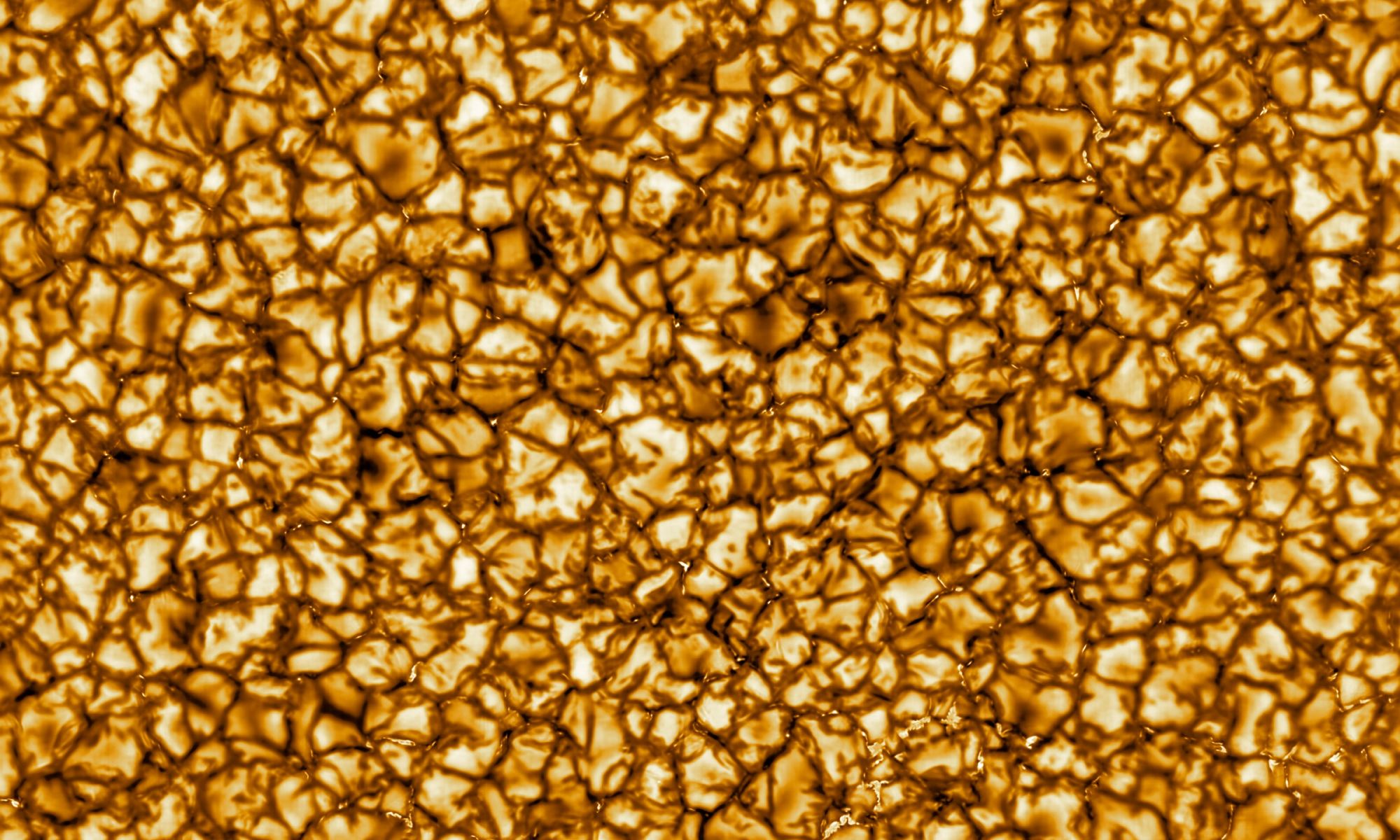
This is the purpose behind the NSF’s 4-meter (13-ft) Daniel K. Inouye Solar Telescope (DKIST) – formerly known as the Advanced Technology Solar Telescope – which is located at the Haleakala Observatory on the island of Maui, Hawaii. Recently, this facility released its first images of the Sun’s surface, which reveal an unprecedented level of detail and offer a preview of what this telescope will reveal in the coming years.
These images provide a close-up view of the Sun’s surface that shows turbulent plasma arranged in a pattern of cell-like structures. These cells are an indication of violent motions that transport hot solar plasma from the interior of the Sun to the surface. This process, known as convection, sees this bright plasma rise to the surface in cells, where it then cools and sinks below the surface in dark lanes.
To put it plainly, the Sun is a G-type (yellow dwarf) main-sequence star that has existed for about 4.6 billion years. This puts it about halfway through its life cycle, which will last for about another 5 billion years. The process of self-sustained nuclear fusion which powers the Sun (and provides all of our light, heat, and energy) consumes about 5 million tons of hydrogen fuel every second.
All of the energy created by this process radiates into space in all directions and reaches to the very edge of the Solar System. Since the 1950s, scientists have understood that Earth resides within the Sun’s atmosphere and that changes in its weather have a profound impact on Earth. Even now, decades later, there is much about the Sun’s most vital processes that remain unknown.